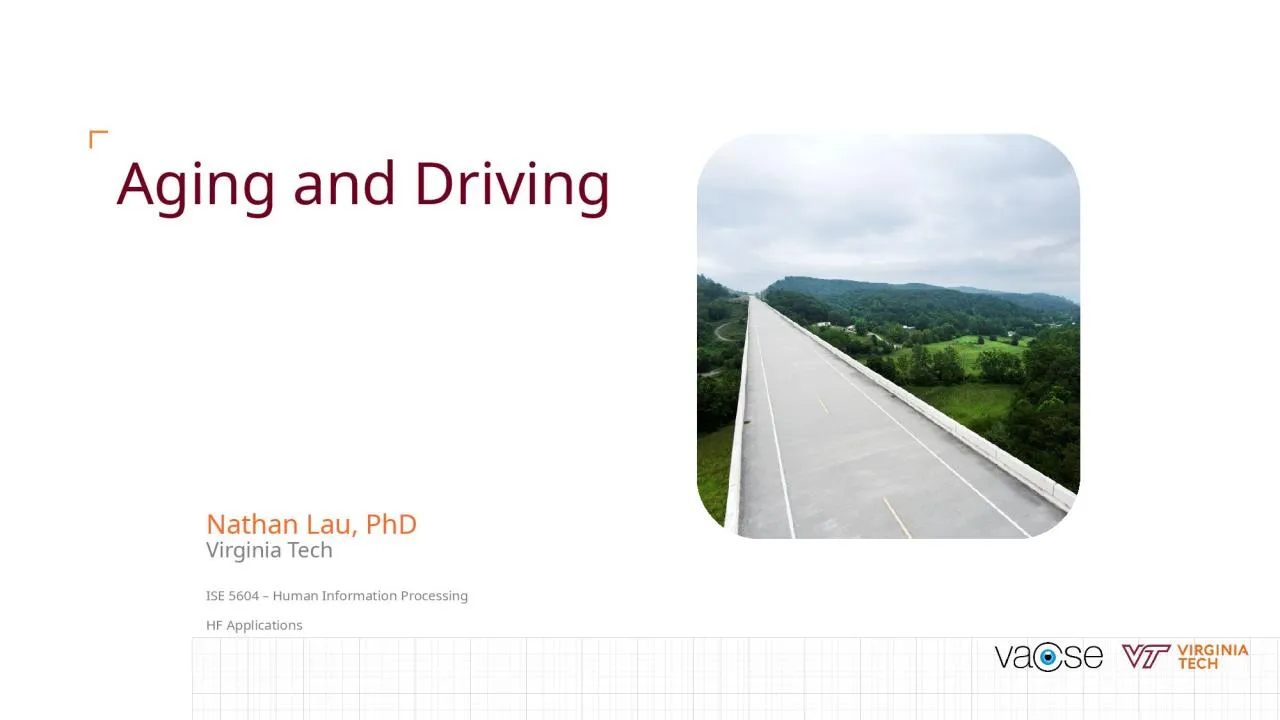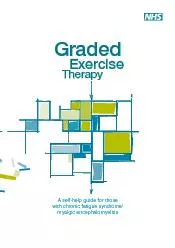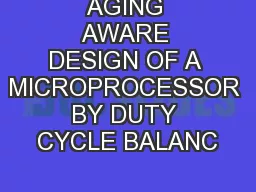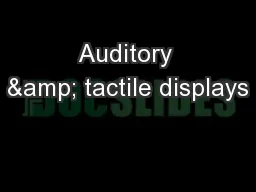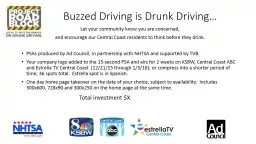PPT-Aging and Driving ISE 5604 – Human Information Processing
Author : winnie | Published Date : 2022-06-01
HF Applications Virginia Tech Nathan Lau PhD Seniors amp Driving Seniors Population Projection in US US Population Aged 65 and Older from 2016 to 2060
Presentation Embed Code
Download Presentation
Download Presentation The PPT/PDF document "Aging and Driving ISE 5604 – Human Inf..." is the property of its rightful owner. Permission is granted to download and print the materials on this website for personal, non-commercial use only, and to display it on your personal computer provided you do not modify the materials and that you retain all copyright notices contained in the materials. By downloading content from our website, you accept the terms of this agreement.
Aging and Driving ISE 5604 – Human Information Processing: Transcript
Download Rules Of Document
"Aging and Driving ISE 5604 – Human Information Processing"The content belongs to its owner. You may download and print it for personal use, without modification, and keep all copyright notices. By downloading, you agree to these terms.
Related Documents

